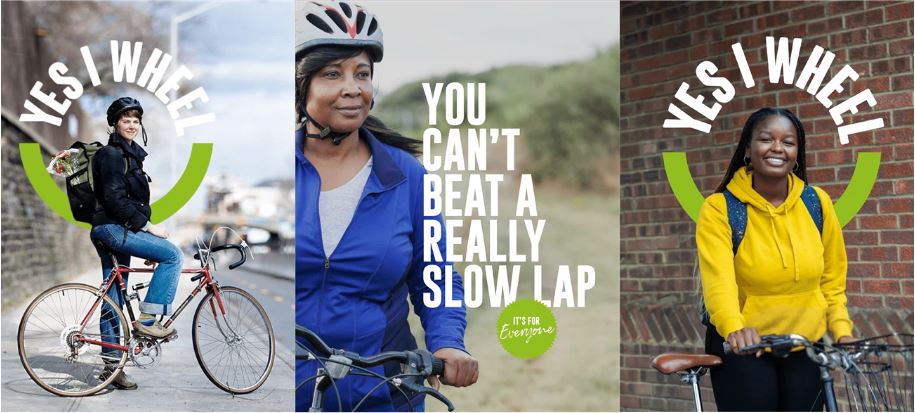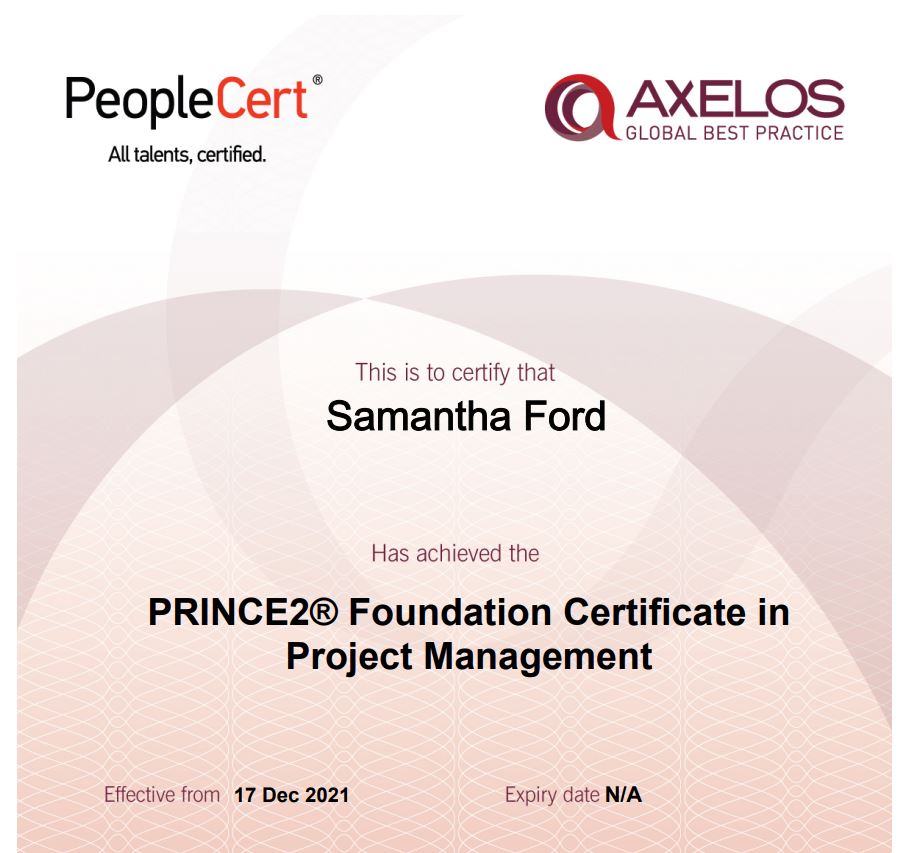|
I conducted creative testing with the Pakistani community across the UK to measure attitudinal and behavioural responses to a NHS booster campaign prior to its launch. Key motivational factors for vaccine booster uptake were that (1) the vaccine was seen as an responsible act of care for one's family and community, (2) equal and authentic representation of genders was crucial, and (3) figurative messaging of 'in our blood' was appealing and persuasive. Other insights informed the campaign design.
1 Comment
I have attended a number of webinars on how to use a PhD, and the skills involved in completing a PhD, in future work and academic interviews. The top tips will be updated soon, but in the meantime I have recorded key resources that may be useful to PhD students looking for employment. A blog post on how to use a PhD in future work options for arts and humanities: https://phd-careers.co.uk/2022/05/03/how-can-you-use-your-phd-in-your-future-work-options-for-arts-humanities-phds/. Please also watch the video below to learn about how to communicate the value of a postgraduate degree: Samantha Ford, researcher, explains in a blog post for Big Cat Agency how creative testing revealed the balance of creative and figurative communication to encourage people from the West Midlands to take up cycling (or return to it). The campaign applied multiple behavioural biases and heuristics in its design.
Samantha says: "It is so rewarding to see the culmination of collaborative efforts with Big Cat Agency in our creative testing for West Midlands Cycle. We found that while sometimes simplicity is best, clarity can still be creative. The balanced use of figurative communication in the 'Yes I Wheel' cycling campaign encourages people to take up cycling in the West Midlands region of the UK." On 31st May 2022, I attended a webinar on how to design posters, particularly for academic conferences. The webinar was delivered by Dr Zen Faulkes, founder of Better Posters blog.
The key tips taken from the webinar will be updated soon, but in the meantime please take a look at Dr Faulkes' blog on how to design better posters for more information. Dr Faulkes has also published a book on this topic, which is affordable to purchase. View here.
I presented in the panel session: Health & Wellbeing: Reimagining community mental health provisions. Abstract Taking responsibility: The power of figurative communication in sports advertising and its role in tackling social issues of equality and mental health
What drives emotion and physiological arousal in adverts? The critical role of figurative operations8/3/2022 Citation: Houghton, D., Littlemore, J., Ford, S., Harfield, C. and Marder, B. (in press 2022). What drives emotion and physiological arousal in adverts? The critical role of figurative operations, In A. Athanasiadou and H. Colston, Figurativity and Human Ecology. Figurative Language and Thought Series, Amsterdam: John Benjamins. DOI: 10.1075/ftl.17.08hou. Abstract:
The inclusion of figurative operations in marketing videos has the potential to improve the effectiveness of marketing campaigns due to their reported ability to trigger emotional responses, thus making the campaigns resonate more strongly with the viewer. This study explored the relationship between the presence of three figurative operations (hyperbole, metaphor and metonymy) in campaign videos and the levels of physiological arousal and emotion that were triggered by those videos. Seven videos were coded for these three embedded figurative operations. Participants watched the videos in laboratory conditions, where their levels of electrodermal activity and self-report emotional responses were recorded. The ability of these figurative operations to trigger physiological arousal was compared to that of two other features that have been shown to promote arousal (the presence of humour and unmarked contrast). The presence of hyperbole led to higher levels of arousal than humour and unmarked contrast, the presence of metaphor led to higher levels of arousal than humour, and the presence of metonymy led to higher levels of arousal than humour, but lower levels than unmarked contrast. Associations between these arousal levels and the reported emotions are discussed, and collectively provide insights into the optimal use of figurative operations in marketing campaign videos. Our findings contribute to a deeper theoretical understanding of the relationship between figurative operations and arousal, and provide practitioners with information regarding which figurative operations are likely to evoke a stronger emotional response when used in marketing videos. As a part of my teaching in 2022, I undertook multiple modules in the Introduction to Teaching and Learning course to inform, improve, and reflect upon my own teaching practice. Completing a total of 5 modules of this course awards the HEFi Horzion Award.
The modules I have completed are: ITL001 - Introduction to Teaching and Learning ITL003 - Small Group Teaching (Seminars) ITL004 - Principals of Assessment and Feedback ITL006 - Inclusive Teaching* ITL009 - Teaching International Students (in progress) *As a part of ITL006, I was awarded a badge to certify my commitment to the University of Birmingham Inclusive Educator initiative. It confirms that the badge holder has reflected on the definition and qualities of the UoB Inclusive Educator. They have identified and reflected on an example of their current inclusive practice. Citation: Ford, S. & Littlemore, J. (2022, in print). Exploring the impact of figurative communication and advertising: Reflections on a collaboration between linguistics researchers and a Midlands-based marketing agency. In Communicating Linguistics: Language, Community and Public Engagement. Routledge. Preprint open access via ResearchGate. Abstract:
In this chapter, we talk about our collaboration with Big Cat Agency, a marketing agency based in Birmingham, UK, which we set up to explore the impact and effectiveness of figurative language in advertising. We discuss some of the benefits, opportunities, and challenges we have faced during this collaborative partnership. We include a case study of our work with Big Cat in which we helped them to maximise the effectiveness of figurative double-entendres in a sexual health campaign that they developed for Umbrella Health, a UK National Health Service (NHS) Trust that runs sexual health clinics across Birmingham and Solihull in the UK, and distributes kits which test for sexually transmitted infections (STIs). We use this case study to illustrate some of the outcomes that can be achieved through collaborative partnership with an advertising agency and a healthcare client. The reflections on our experiences may of interest to linguists who are considering working collaboratively with non-linguistic partner organisations or creative practitioners.
On 17th December I passed an exam in PRINCE2® Project Management Foundation Level, run by People Cert, and funded by Midlands4Cities Arts and Humanities Research Council.
The PRINCE2® Foundation Certification is suitable for individuals who want to demonstrate they have sufficient understanding of the PRINCE2® methodology and can work effectively as part of a team or with a project management team within a PRINCE2® supporting environment. See my certification below. The course included 15 hours of online learning, 3 days virtual course with a PRINCE2® Representative, and a PRINCE2® Method workbook and textbook, all of which were completed and revised by the candidate. This training will support me during the remainder of my PhD and in my future career - be that academia or as a linguistic consultant. |
Categories
All
Archives
October 2022
|
Photos from wuestenigel (CC BY 2.0), wuestenigel





